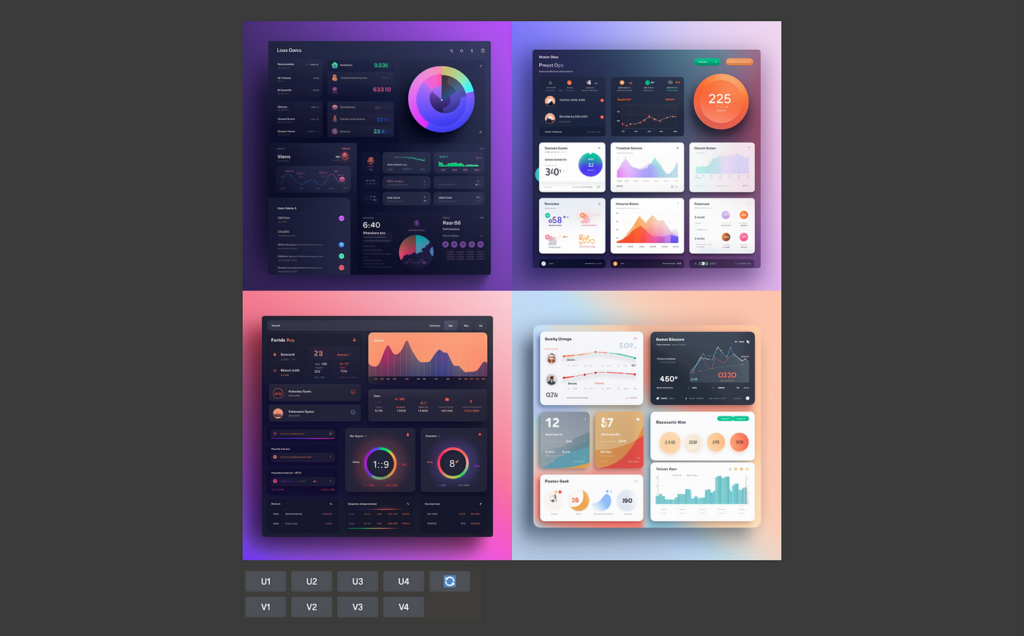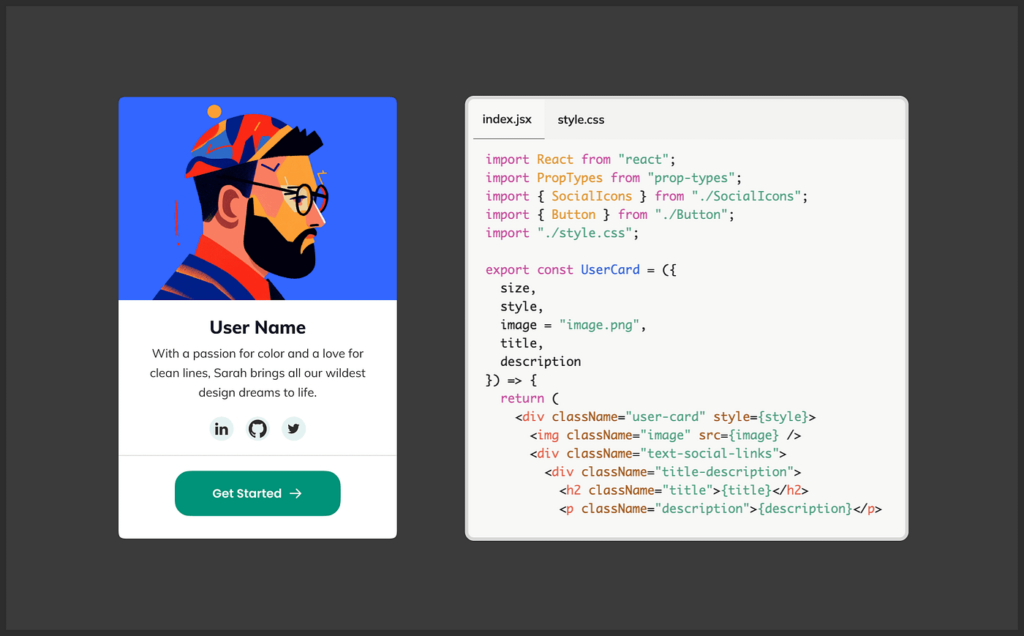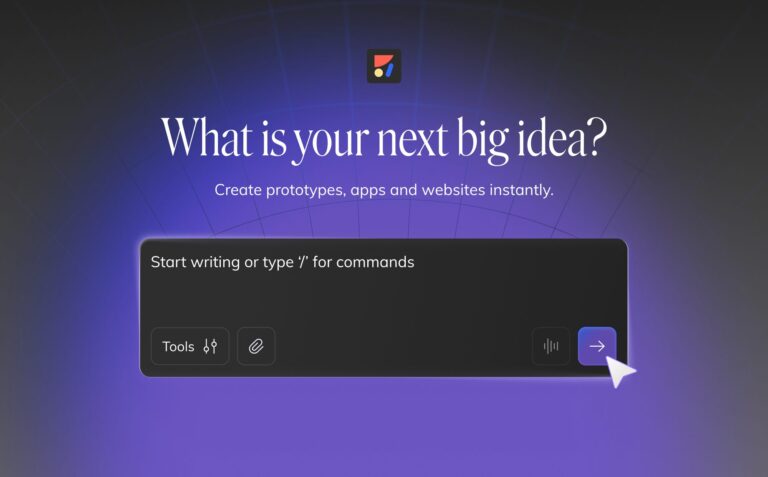AI Revolution: The Future of Designers and Developers5 min read
Reading Time: 5 minutesSoftware is eating the world, now exponentially faster.
I’m the co-founder and CEO of Anima, an AI-powered design-to-code platform. Anima turns design and code into a two-way street with AI. With over 400k installs, Anima is the #1 tool for developers in the Figma store and was recently named a representative vendor of design-to-code tech by Gartner.
In this article, I’ll give you my take on the future of design and development considering recent advances in AI and what’s around the corner.
The AI Genie is Out of the Bottle
Large language models (LLMs), such as OpenAI’s GPT, process and generate code at a human level after learning from every open source across the internet. And OpenAI is not alone.
Google’s Bard reviews and writes great code, Facebook’s LLaMA was open-sourced for noncommercial use, and there are more open-source projects such as Replit’s LLMs.
In other words, the AI genie is out of the bottle.
On the visual front, models like Midjourney can generate incredible images, from photos to art, for user interfaces.
These rapid advancements are transforming entire industries, including design and development, as emerging tools and platforms are being built on these cutting-edge technologies.

Design and development will look very different five years from now. So will content marketing, support, video production, and countless others. AI is here to stay, and it will change everything.
AI Will Help You Run Faster
I envision a future where R&D teams can deliver products 10x faster—and I think it’ll be a reality within a few years. The result will be tiny teams that are able to build and maintain large, complex products. Products that used to require too much work to be commercially viable will suddenly make sense. We will see software solutions for everything, everywhere, all at once.
Take CoPilot, GitHub’s AI coding buddy, as an example. CoPilot writes 40–60% of the code for developers that use it today—which makes them 2x faster. Microsoft — which owns GitHub—recently announced CoPilot for its office suite. It will help you write in Word, create Excel formulas, and design PowerPoint slides in a fraction of the time.

What would a CoPilot for Figma look like, doing 40–80% of the grunt design work? We will soon see dozens of these tools, and the best ones will be widely adopted.
AI-Powered Design to Code
Here at Anima, we’re focused on automating processes between design and code. We are making Design and Code a 2-way street.

The lines between product design and front-end development will blur as design work automatically impacts the code base and vice versa. As a result, team structures and methodologies will look very different five years from now.
R&D and design leaders must prepare their organizations to adapt to this new reality.
Opportunities and Challenges for Designers and Developers
Every designer can now create illustrations, photos, 3D renders, and other labor-intensive visuals in seconds.
Every developer can now code in any popular language, train models, and solve common problems in a fraction of the time it used to take.
Soon, individuals and teams that adopt AI technology will deliver 10x faster than before.
Generative AI can help unlock creativity and approaches that may not have been considered previously, leading to more innovative solutions.
With the rapid rate of AI progress, designers and developers must continuously acquire new skills and methods in order to deliver more value and stay relevant.
We are becoming the architects and leaders for teams of AI agents.
On the flip side, there are concerns about the potentially negative impacts of generative AI. Some creators worry that AI may replace their jobs altogether or make them less valuable to clients and employers. This is why it’s important to understand both the capabilities and limitations of generative AI—and to be able to harness the technology to scale our impact.

Future of Design and Development Work in the Age Of AI
I am very optimistic about the future of design and development jobs.
It will be much cheaper to build software overall, which will mean more and more demand for software. So I expect a big wave of new opportunities for designers and developers coming soon.
Developers can look at this as a new level of abstraction. We’ve had Assembly, then C, then object-oriented, then garbage collection, then Python and JS — and we can consider the Prompt as the next level.
Ride that wave. Embrace AI and grow into harnessing its power.
AI Will Unlock Scaled Experiences
The way I see it, AI will allow us to do things that don’t scale — at scale.
AI can enable large-scale customization for micro-segments, offering tailored design, content, and experiences for different user groups. While there may be some initial hesitation to trust AI with such tasks, this trend will eventually take hold.
Video, voice, and conversational interfaces — the rapid improvement in AI-generated voice and video will lead to more conversational interfaces. You will be able to offer your users a higher level of UX and improve their day-to-day experience.

Where to Go From Here
First, I invite you to follow me & Anima on Twitter. We’ll be announcing our upcoming releases, all of which are centered around AI-powered, automated design-to-code.
If you‘d like early access to all of Frontier’s upcoming LLM-based features, apply here to become a Design Partner. Meanwhile, let us know about your hopes, dreams, and innovative ideas for the world of AI. 🙌


 Figma
Figma Adobe XD
Adobe XD Blog
Blog


